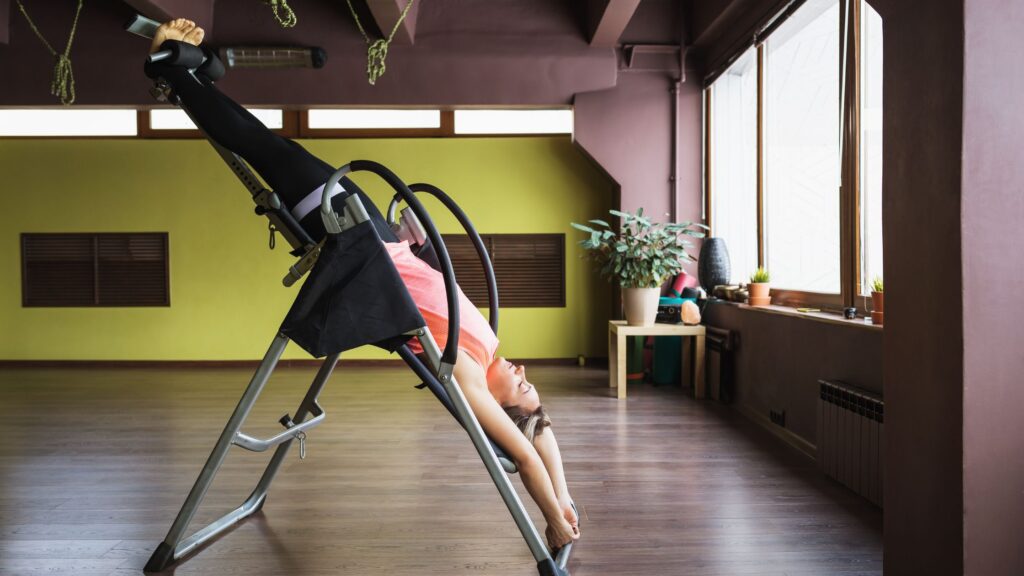In the fast-paced world of modern work, where long hours are spent hunched over desks and staring at screens, back pain has become an increasingly common ailment. Whether you work from home or in a traditional office setting, the impact of your workspace on your physical health cannot be overstated. This post explores the crucial role of an ergonomic office layout in mitigating back pain and promoting overall well-being.
Understanding the Problem
Back pain is a widespread issue that affects millions of people worldwide, and a significant contributor to this problem is the sedentary nature of many modern jobs. Prolonged periods of sitting, coupled with poor posture and improper office setups, can lead to discomfort and chronic back issues. Therefore, addressing the root causes of back pain is essential for maintaining a healthy workforce.
The Ergonomic Advantage
Ergonomics is the science of designing work environments to fit the needs of the individuals using them. An ergonomic office layout prioritizes the well-being of employees by creating a workspace that promotes good posture, reduces strain on the body, and minimizes the risk of musculoskeletal problems, including back pain.
1. Optimal Desk and Chair Arrangement
The cornerstone of an ergonomic office layout is the arrangement of desks and chairs. The height and positioning of these elements play a crucial role in preventing back pain. Ideally, desks should be at a height that allows employees to maintain a natural posture while typing and using the mouse. Adjustable chairs that provide proper lumbar support are also essential for ensuring the spine remains in a neutral position.
2. Monitor Placement and Eye Level
Another key element in reducing back pain is the placement of computer monitors. Monitors should be positioned at eye level to prevent employees from constantly looking down or up, which can strain the neck and contribute to back pain. Adjusting the height of the monitor to match the employee’s eye level promotes a more natural and comfortable sitting position.
3. Proper Keyboard and Mouse Placement
The placement of keyboards and mice is often overlooked, but it can significantly impact back health. A well-designed ergonomic office layout positions these tools at a comfortable distance and angle, allowing employees to work without unnecessary strain. This reduces the risk of developing conditions like carpal tunnel syndrome, which can contribute to back pain through altered typing postures.
4. Utilizing Standing Desks
Integrating standing desks into the office layout is a trend gaining popularity due to its potential health benefits. Standing desks allow employees to alternate between sitting and standing throughout the day, reducing the strain on the lower back associated with prolonged sitting. Additionally, standing encourages better circulation and can contribute to improved overall well-being.

5. Incorporating Breakout Areas and Movement
Encouraging movement within the workspace is a fundamental aspect of ergonomic design. Breakout areas with comfortable seating and spaces for stretching or quick walks provide employees with opportunities to alleviate tension and maintain flexibility. Regular breaks and micro-movements throughout the day can prevent stiffness and promote a healthier, more active work environment.
6. Provision of Ergonomic Accessories
In addition to optimizing furniture and layout, providing ergonomic accessories can further enhance the overall ergonomic experience. Items such as ergonomic chairs, lumbar cushions, and adjustable monitor stands can be valuable additions to the workspace, offering employees personalized solutions to meet their unique needs and preferences.
The Impact on Back Health
Implementing an ergonomic office layout has a direct impact on back health and can significantly reduce the prevalence of back pain among employees. When individuals work in an environment that supports their natural posture and movement, the risk of musculoskeletal issues decreases. Proper ergonomics not only addresses existing back problems but also serves as a preventive measure, fostering a workplace culture that prioritizes employee well-being.
1. Reducing Muscle Strain and Tension
An ergonomic office layout minimizes muscle strain and tension by ensuring that the body is in a balanced and relaxed position while working. Properly aligned desks, chairs, and accessories prevent unnecessary stress on the muscles, particularly those in the back, neck, and shoulders. This, in turn, reduces the likelihood of developing chronic pain and discomfort.
2. Preventing Postural Issues
Poor posture is a significant contributor to back pain. An ergonomic office layout actively promotes good posture by aligning the spine and supporting the natural curvature of the body. When employees are encouraged to maintain proper posture throughout their workday, the risk of developing postural issues that contribute to back pain is greatly diminished.

3. Enhancing Comfort and Productivity
Employees who work in ergonomic environments report higher levels of comfort and satisfaction. When individuals are comfortable in their workspace, they are better able to focus on their tasks without the distraction of discomfort or pain. This, in turn, enhances productivity and job satisfaction, creating a positive feedback loop that benefits both employees and employers.
4. Boosting Employee Morale and Retention
Prioritizing the health and well-being of employees through an ergonomic office layout has broader implications for morale and retention. When workers feel that their employer cares about their physical health, they are more likely to feel valued and engaged. This positive perception can contribute to increased employee loyalty and reduced turnover, ultimately benefiting the organization as a whole.
Investing in an ergonomic office layout is a proactive and effective strategy for reducing back pain and promoting the overall health and well-being of employees. By addressing the root causes of musculoskeletal issues and creating a workspace that supports natural movement and good posture, employers can create an environment where employees thrive. The long-term benefits extend beyond individual health, positively impacting productivity, job satisfaction, and organizational success. As we navigate the evolving landscape of work, prioritizing ergonomic design is not just a choice; it’s a necessity for a healthier and more productive workforce.



